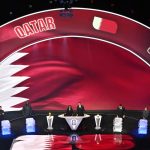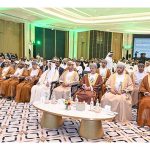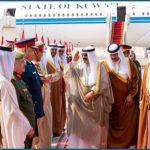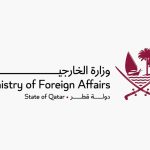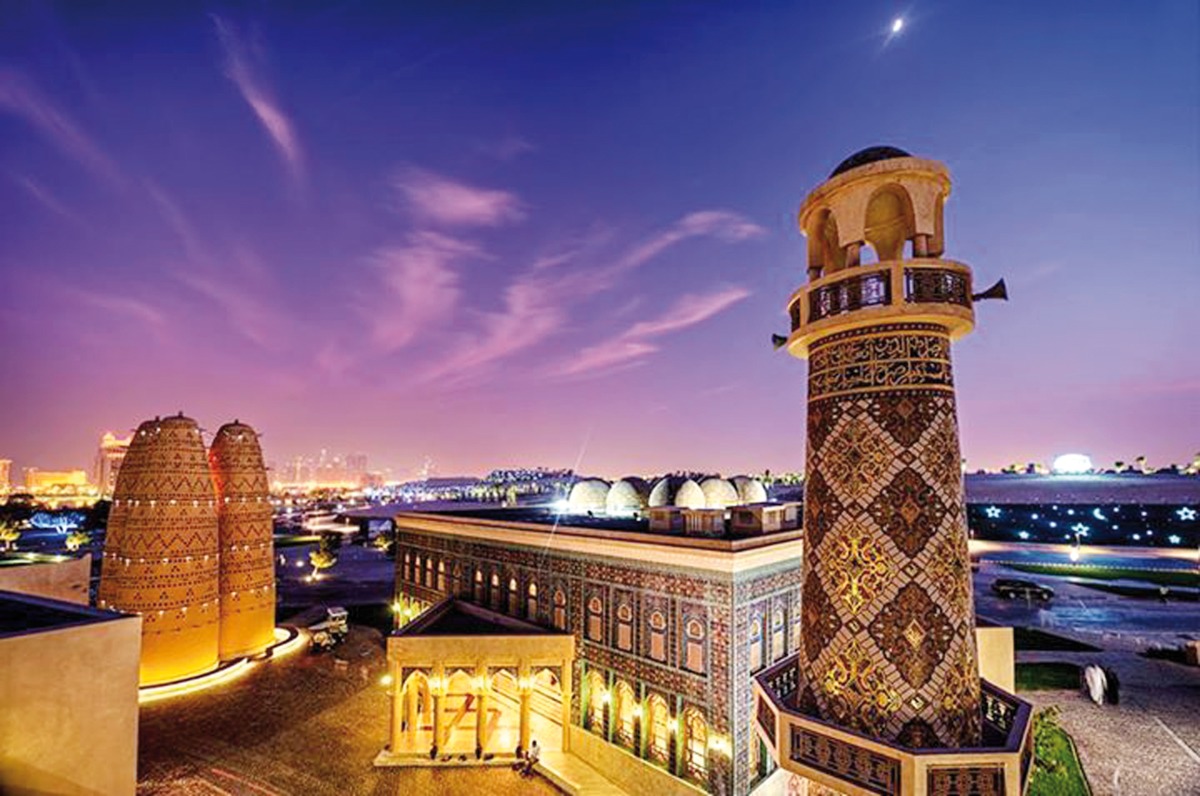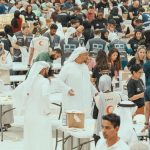The Katara Cultural Village in Doha recently concluded the second edition of the Katara Space Science Program (KSSP) in collaboration with the global MAPS Foundation. The three-day program held at the Katara Al Thuraya Planetarium featured interactive scientific activities focusing on topics like “How to Reach Outer Space” and the “Artemis Program to Return to the Moon.” Scientists from the Indian Space Research Organisation (ISRO) and the US National Aeronautics and Space Administration (NASA) presented these sessions, offering a unique blend of theoretical knowledge and practical experience.
One of the program highlights was a hands-on workshop where participants were able to build and launch prototype space rockets from the Al Thuraya Planetarium, under the guidance of the scientists. Additionally, the program also included the Cosmic Canvas- Space Art Exhibition, showcasing stunning photographs related to space exploration. About 20 artists participated in this exhibition, providing new creative dimensions to the exploration of space. This second edition of the program saw over 400 students from more than 80 schools across Qatar, as well as officials from various companies in attendance.
The KSSP event served as a platform for students and young people to engage in rich discussions, interactive workshops, and impactful presentations. The participation from attendees highlighted the immense potential of the next generation of young scientists. The program aimed to inspire and educate participants about the wonders of space exploration, with a focus on encouraging interest in science and technology among the youth in Qatar. The success of the event further solidified Katara Cultural Village as a hub for cultural and educational initiatives in the region.
The diverse range of activities offered at the KSSP event provided participants with a hands-on experience in building and launching space rockets, as well as learning about cutting-edge space programs like the Artemis Program. The collaboration with esteemed organizations like ISRO and NASA added credibility to the program, attracting a large number of students and officials. The exhibition of space-related artwork provided a creative outlet for artists to express their fascination with space and science, adding an artistic dimension to the event.
The strong attendance at the KSSP event showcased the growing interest in space science and exploration among the youth in Qatar. By providing a platform for students to interact with scientists and engage in practical activities, the program aimed to inspire the next generation of innovators and researchers in the field of space science. The success of the event demonstrated the impact of educational initiatives like the KSSP in nurturing a passion for science and technology among young people, contributing to the growth of a scientifically literate society in Qatar.
In conclusion, the Katara Space Science Program at the Katara Cultural Village in Doha was a resounding success, attracting a large number of participants and showcasing the enthusiasm for space science among the youth in Qatar. The program’s engaging activities, scientific presentations, and interactive workshops provided a unique learning experience for attendees, inspiring curiosity and creativity in the field of space exploration. With the support of esteemed organizations like ISRO and NASA, the KSSP event served as a valuable platform for students to learn, collaborate, and explore the wonders of outer space, setting the stage for future scientific endeavors in Qatar and beyond.


